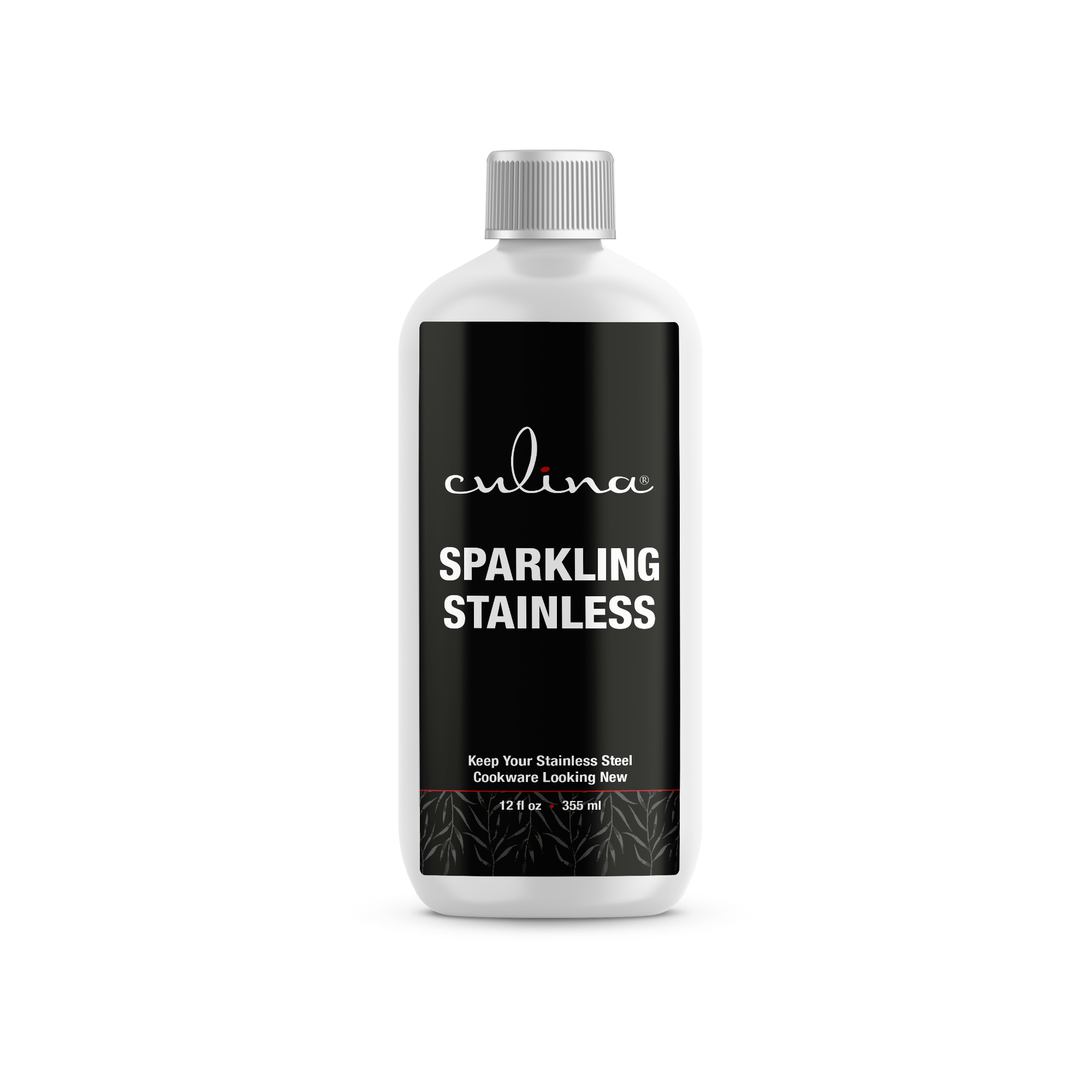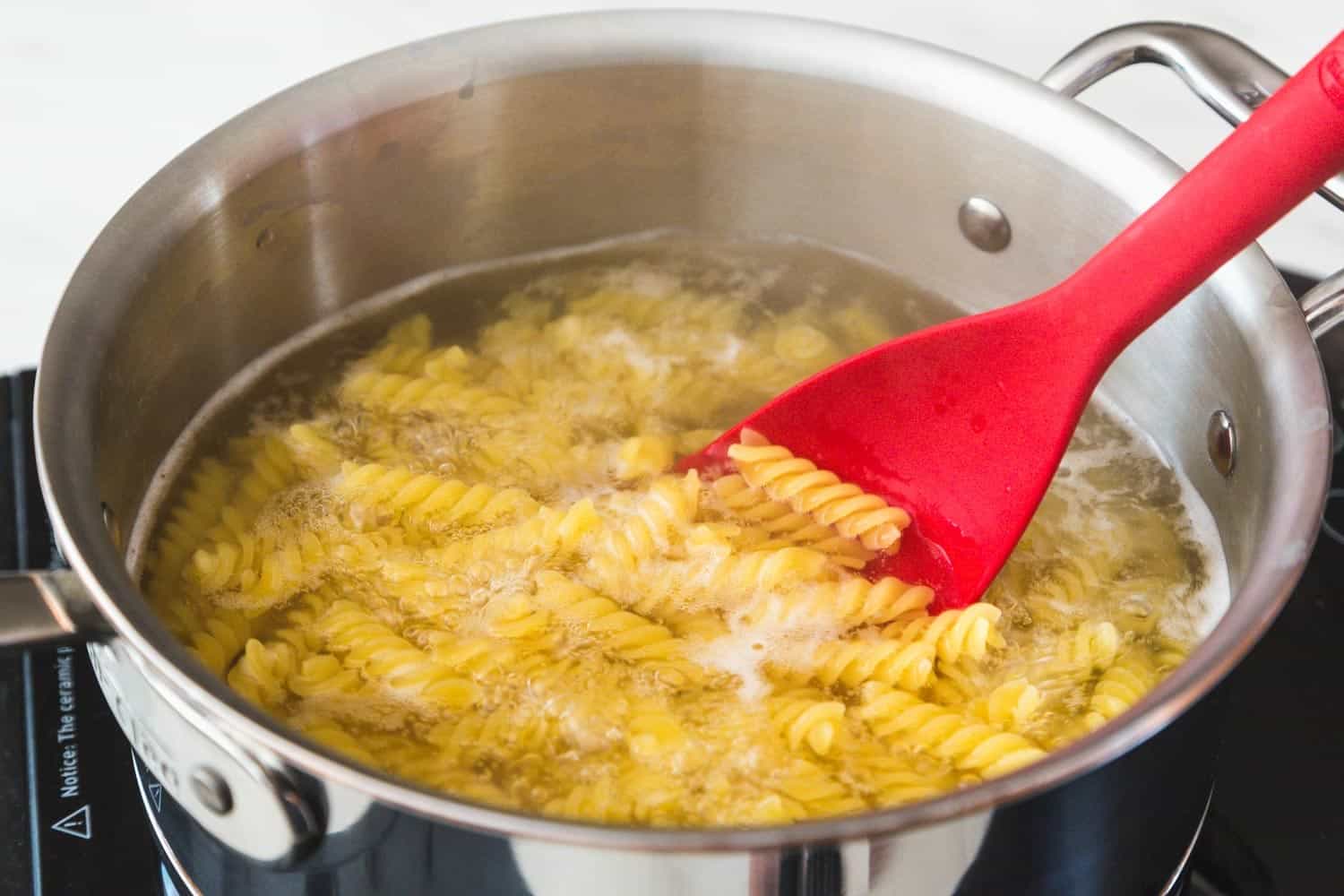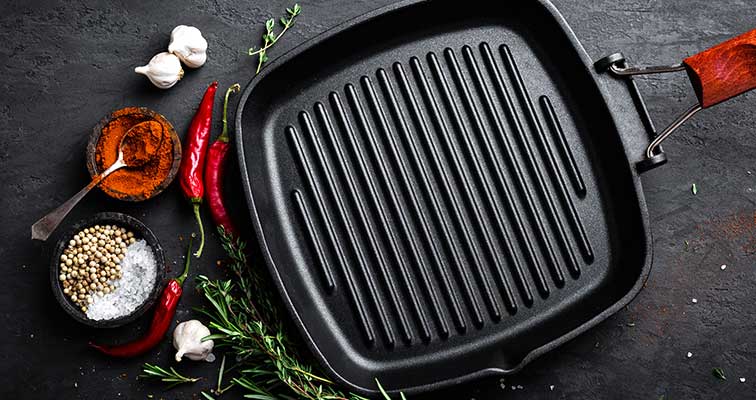When it comes to kitchen tools, few items are as essential as the saucepan. But have you ever wondered why saucepan is made of thermosetting plastics? The choice of materials in cookware has significant implications for durability, safety, and performance in the kitchen. In this article, we'll take a deep dive into the reasons behind the prevalent use of thermosetting plastics in saucepan manufacturing. Kitchen professionals, this information is critical for you!
Thermosetting plastics, as opposed to thermoplastics, are materials that undergo a permanent change when heated. Once they are molded and hardened, they cannot be re-melted or reshaped. This characteristic lends itself to various culinary applications, particularly in the design of saucepans. Below, we will discuss the remarkable aspects of thermosetting plastics that make them suitable for saucepan use.

The Unique Properties of Thermosetting Plastics
Thermosetting plastics possess some terrific benefits that make them a popular choice in cookware manufacturing. Here are the main properties:
- Heat Resistance: Thermosetting plastics have a higher heat resistance than many other materials. This quality makes them ideal for handling various cooking temperatures without degrading.
- Durability: These plastics are incredibly durable and resistant to wear and tear. They are less likely to scratch and are easier to clean compared to other materials.
- Non-reactive: Thermosetting plastics are non-reactive, which means they do not interact with acidic ingredients or alter the flavors of your foods. This property is crucial for professionals who need consistent results in their dishes.

Eco-Friendly Options
As chefs and culinary professionals, it is essential to consider the environmental impact of the tools we use. Many manufacturers now offer thermosetting plastics that are recyclable and sustainable. Using these materials not only benefits kitchen professionals but also contributes positively to the environment. You can learn more about the material use in saucepans from this helpful resource.
Affordability and Accessibility
Another aspect to consider is the cost-effectiveness of thermosetting plastics. These materials are generally less expensive than metals such as stainless steel or cast iron. This affordability allows kitchen professionals to invest in high-quality saucepans without breaking the bank, paving the way for a more efficient kitchen setup.

Innovation in Cookware Technology
The emergence of thermosetting plastics marks a remarkable innovation in cookware technology. Manufacturers are continuously finding ways to enhance the performance and lifespan of saucepans by combining different materials with thermosetting plastics. This technology leads to life-changing improvements in cooking accuracy, making the cooking process smoother and more efficient for professionals.
Responsive to Modern Cooking Needs
Today's culinary environment is fast-paced and demanding. Kitchen professionals require cookware that can keep up with their needs. Thermosetting plastics are designed to be lightweight and easy to handle, allowing chefs to maneuver them with confidence. Moreover, they offer features like heat-resistant handles and ergonomic designs that make cooking a more enjoyable experience.

Training Your Staff on Kitchen Safety
With varying materials in cookware, understanding how to use them safely is crucial. Since thermosetting plastics are heat-resistant, they can be safer for those working in busy kitchens, where accidents can happen. Proper training on how to handle these materials will ensure that your staff can work with confidence and efficiency. For those seeking tips on using saucepans in creative ways, check out this how-to guide.
FAQs about Thermosetting Plastic Saucepan
1. Are thermosetting plastics safe for cooking?
Yes, thermosetting plastics are designed for food safety, being non-reactive and durable.
2. Can I use a thermosetting plastic saucepan on an induction cooktop?
Typically, thermosetting plastics are not induction-compatible. However, always check the manufacturers guidelines.
3. How should I clean my thermosetting plastic saucepan?
Opt to wash them with warm soapy water and avoid abrasive scrubbers to preserve their quality.
As an Amazon Associate, I earn from qualifying purchases.





Leave a comment
This site is protected by hCaptcha and the hCaptcha Privacy Policy and Terms of Service apply.